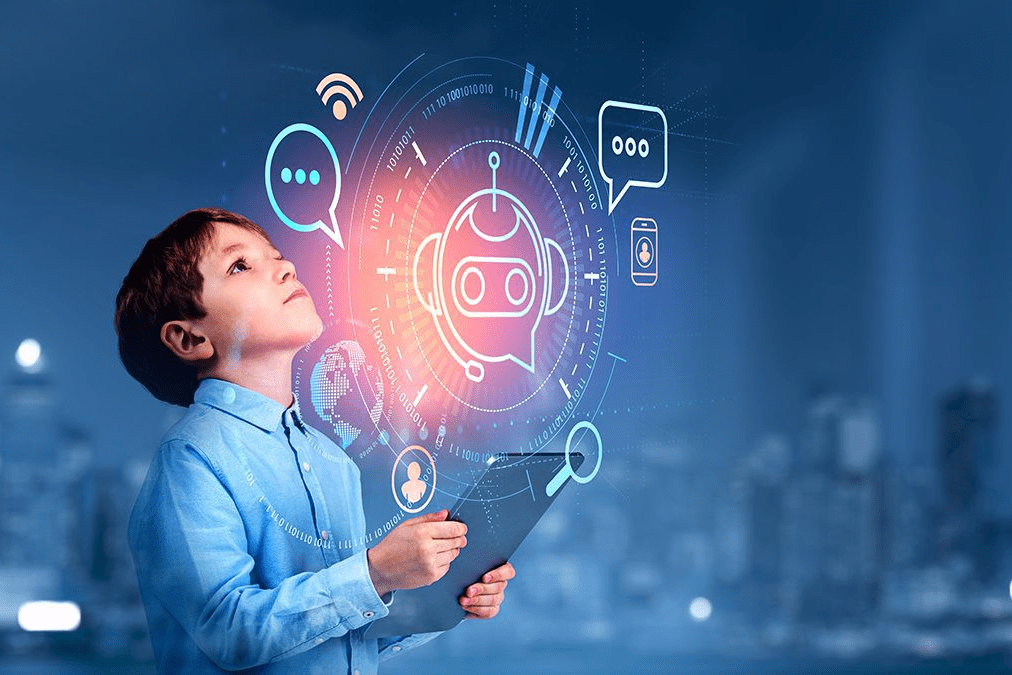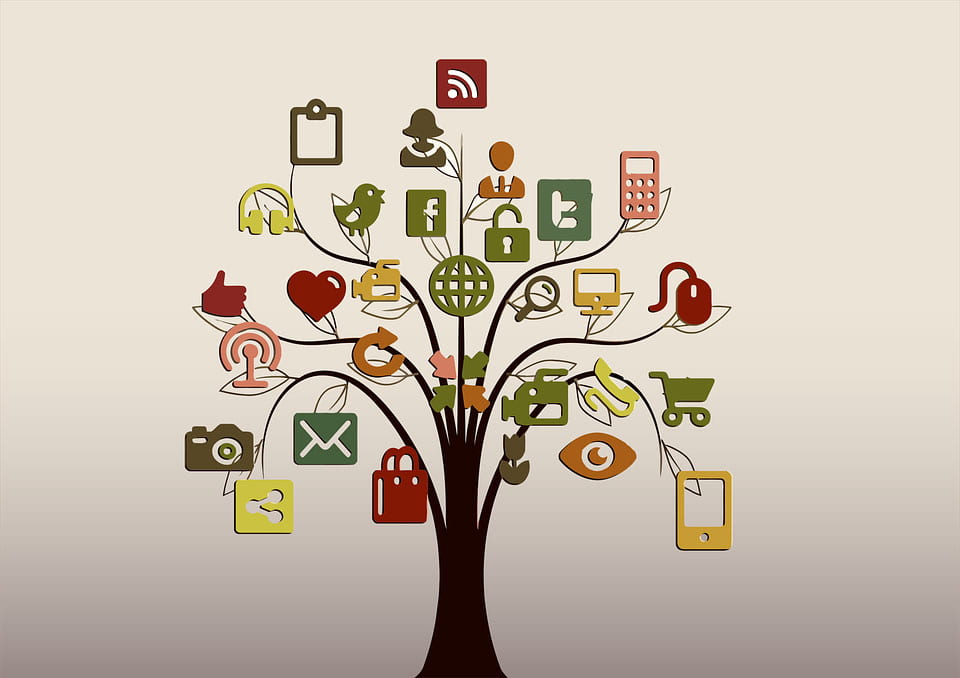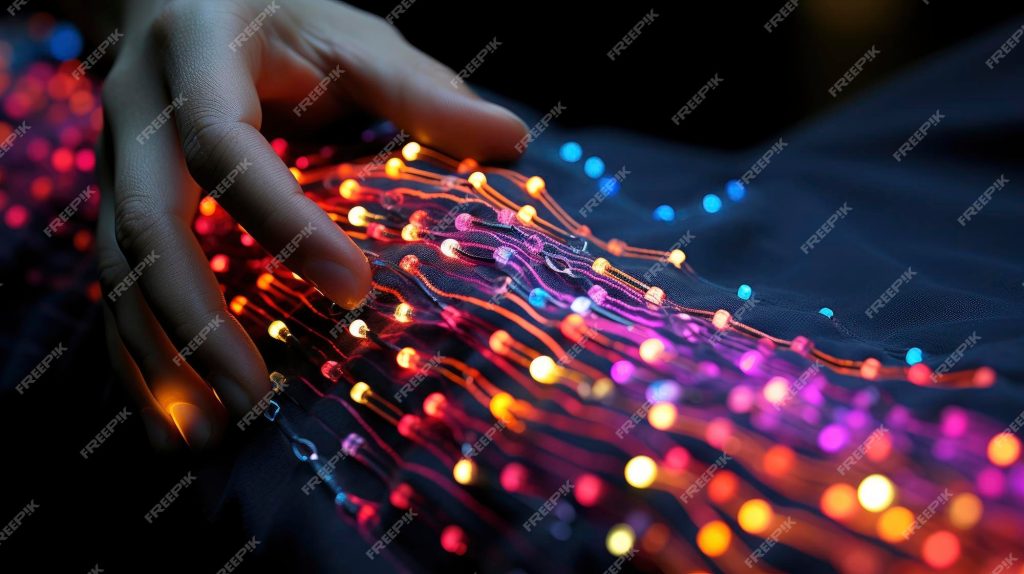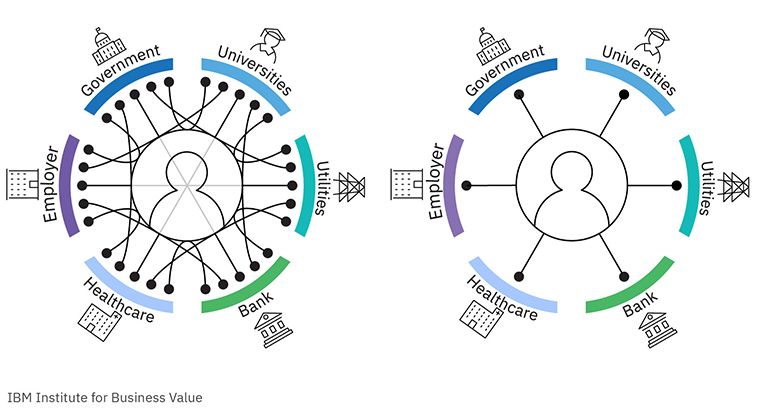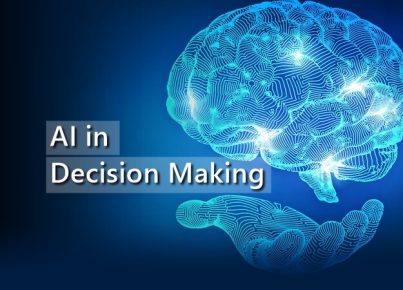Linjär algebra är en grundläggande del av modern matematik och vetenskap, och dess begrepp som egenvärden har spelat en avgörande roll i svenska framsteg inom teknik, forskning och innovation. Från de tidiga teorierna i matematiken till dagens avancerade krypteringstekniker, visar egenvärden sin kraft att förklara och förbättra vår värld. I denna artikel utforskar vi egenvärdens betydelse, dess svenska historia och tillämpningar, samt hur det knyter an till moderna utmaningar och möjligheter.
- Introduktion till egenvärden i linjär algebra
- Matematisk grund: Hur definieras egenvärden och egenvektorer?
- Egenvärden i historiska och kulturella sammanhang i Sverige
- Från teorier till praktiska tillämpningar i Sverige
- Moderna tillämpningar och utmaningar
- Kulturella och forskningsrelaterade kopplingar
- Sammanfattning och reflektion
Introduktion till egenvärden i linjär algebra: Begrepp och betydelse för svensk vetenskap och teknologi
Vad är egenvärden och varför är de centrala i linjär algebra?
Egenvärden är en fundamental del av linjär algebra som beskriver hur en linjär transformation påverkar ett vektorrum. Om vi tänker oss en matris som representerar en fysisk eller teknisk process, är egenvärden de faktorer som skalar egenvektorer, vilket innebär att de behåller riktningen men förändrar storleken. Detta är avgörande för att förstå systemets stabilitet, vibrationer, och dynamik.
Historisk översikt: Från Fermats sats till moderna tillämpningar i Sverige
Historiskt har svenska matematiker som Gösta Mittag-Leffler och Lennart Carleson bidragit till att forma den moderna förståelsen av linjär algebra och egenvärden. Även om Fermats sats är en separat matematisk teori, illustrerar den den tidiga fascinationen för tal och strukturer som senare utvecklades till avancerad linjär algebra. Idag används dessa teorier i svensk industri och forskning, exempelvis inom telekommunikation, där egenvärden hjälper till att optimera signalstyrka och dataöverföring.
Egenvärden och deras roll i svensk teknologisk utveckling
Genom att förstå egenvärden kan svenska ingenjörer och forskare utveckla mer stabila byggnader, effektivare energisystem och säkrare IT-infrastruktur. Egenvärden är inte bara teoretiska begrepp utan har direkt påverkan på innovationer som Sveriges framstående position inom fordonstillverkning och digital säkerhet.
Matematisk grund: Hur definieras egenvärden och egenvektorer?
Formalisation av egenvärdesproblemet i linjära transformationer
Egenvärden löses ur den karakteristiska ekvationen detekterad i matrisen A: det(A – λI) = 0. Här är λ ett egenvärde och I är enhetsmatrisen. Egenvektorer är de vektorer v som uppfyller ekvationen Av = λv. Denna relation visar att när A verkar på v, skalar den v med egenvärdet λ.
Exempel på beräkningar av egenvärden i svenska tillämpningar
Inom svensk industri, som i Volvo eller Scania, används egenvärden för att analysera vibrationer i motorer och chassistrukturer. Genom att beräkna egenvärden kan man förutsäga vilka vibrationer som är mest riskabla, vilket förbättrar säkerheten och prestandan.
Betydelsen av matrisens spektrum för stabilitet och prestanda
Matrisens spektrum, det vill säga alla dess egenvärden, påverkar systemets stabilitet. I svenska kraftnät används egenvärdesanalys för att skapa robusta styrsystem som kan hantera störningar och säkerställa en stabil elförsörjning.
Egenvärden i historiska och kulturella sammanhang i Sverige
Svenska forskare och upptäckter inom linjär algebra och egenvärden
Svenska matematiska pionjärer, som Harald Bohr och Gösta Mittag-Leffler, har bidragit till att sprida och utveckla förståelsen för linjär algebra. Deras arbete har lagt grunden för de moderna tillämpningarna av egenvärden i Sverige, från teoretiska studier till praktiska innovationer.
Hur svensk utbildning har integrerat dessa koncept
Svenska universitet, inklusive Chalmers och KTH, har länge inkluderat linjär algebra i sina tekniska utbildningar. Studenter lär sig tidigt att koppla teoretiska begrepp som egenvärden till verkliga system, vilket stärker svensk innovationsförmåga.
Kulturarv: Användning av matematiska principer i svenska innovationer och kultur
Matematiska principer, inklusive egenvärden, har använts i svenska konstnärliga och tekniska innovationer, som i designen av svenska möbler och arkitektur, där symmetri och struktur ofta grundas på matematiska modeller.
Från matematiska teorier till praktiska tillämpningar i Sverige
Ingenjörsvetenskap: Egenvärden i strukturanalys och materialvetenskap
Inom svensk byggindustrin används egenvärden för att analysera och optimera strukturer, exempelvis i broar och höghus. Detta bidrar till säkrare konstruktioner som klarar extrema väderförhållanden.
Ekonomi och statistik: Egenvärden i dataanalys och ekonomiska modeller
Svenska banker och finansinstitut använder egenvärden i riskbedömning och portföljoptimering, ofta i samband med Bayes sats och sannolikhetsmodeller för att minska kreditrisk och förbättra investeringar.
Teknologi och IT-säkerhet: Egenvärden i kryptering och dataskydd
I den svenska cybervärlden är egenvärden ett verktyg för att analysera och stärka krypteringsalgoritmer. Ett exempel är duell mellan fåglarna, där avancerad kryptering som Pirots 3 används för att skydda känslig information i digitala system.
Moderna tillämpningar och utmaningar: Från Fermats sats till krypteringar
Hur egenvärden används i kvantberäkningar och kryptografiska algoritmer i Sverige
Inom Sveriges framkant inom kvantteknologi används egenvärden för att modellera kvantsystem och utveckla kryptering som är mycket svår att knäcka, vilket stärker landets digitala säkerhet.
Pirots 3 som ett exempel på avancerad krypteringsteknik och säkerhet
Pirots 3 är en modern krypteringsmetod som använder komplexa matematiska modeller, inklusive egenvärden, för att skapa robusta säkerhetslösningar. Den illustrerar hur tidlös matematik kan tillämpas i dagens digitala värld.
Framtidens möjligheter: Egenvärden i artificiell intelligens och maskininlärning
Inom svensk AI-forskning spelar egenvärden en central roll i att utveckla algoritmer för bild- och ljudigenkänning, samt i optimering av komplexa system, vilket pekar mot en framtid där matematiska koncept fortsätter att vara drivande.
Naturliga och icke-uppenbara kopplingar till svensk kultur och forskning
Matematikens roll i svenska naturvetenskapliga framsteg och innovationer
Egenvärden och linjär algebra har varit centrala i svenska upptäckter inom klimatforskning, medicinsk teknik och förnybar energi. Till exempel används de för att modellera och förstå klimatförändringar och energiproduktion.
Betydelsen av grundläggande matematiska principer för Sveriges digitala framtid
Svenska utbildningssystem betonar vikten av matematik för att säkra en innovativ framtid. Genom att förstå egenvärden kan nästa generation svenska forskare och ingenjörer fortsätta driva utvecklingen inom teknologi och vetenskap.
Hur förståelsen av egenvärden kan inspirera framtida generationer av svenska forskare
Att knyta an matematiska koncept till konkreta svenska exempel, som de i teknik, kultur och miljö, kan inspirera unga att utforska vetenskapens värld och bidra till Sveriges framtid.
Sammanfattning och reflektion: Egenvärdens betydelse för Sveriges teknologiska och vetenskapliga utveckling
“Genom att förstå egenvärden kan svenska forskare inte bara förklara komplexa system, utan också skapa innovativa lösningar för framtidens utmaningar.”
Egenvärden i linjär algebra är mer än bara matematiska abstraktioner; de är byggstenar för svensk innovation, från att analysera vibrationer i en bil till att säkra digitala system. Historien visar att svenska forskare har spelat en ledande roll, och dagens tillämpningar visar att detta är ett område med fortsatt potential. Att fördjupa sig i dessa koncept och koppla dem till verkliga exempel, som kryptering med duell mellan fåglarna, kan inspirera framtida generationer att fortsätta utveckla Sveriges teknologiska landskap.

